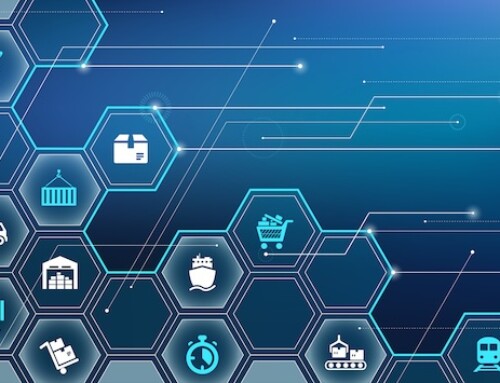
Omnichannel may be the latest buzzword, but it’s more than just a passing fad. Omnichannel technology is the infrastructure that enables retailers and online merchants to give today’s customer the shop-anywhere, ship-anywhere, pick-up or return anywhere behavior they demand.
The previous generation of technology that many of today’s businesses rely on consists of numerous disparate systems that were not designed to operate together. Today’s leading edge retailers and online trend-setters have replaced those systems with omnichannel-capable new systems. Now you need to do the same thing to remain competitive – but how?
Step one is to recognize that while omnichannel is complicated it still relies on the same principles that have built your business – satisfying your customer’s needs. You don’t have to reinvent your business. You have to adapt it to the shopping behavior of today’s customer. This requires sponsorship and ownership from the top of the organization – the owner, president, board of directors, etc.
Step two is to recognize that the key to omnichannel success is that your sales and fulfillment technology infrastructure needs to have enterprise-wide product or inventory visibility. For example:
- To provide shop online, pickup in store capability your order processing and fulfillment technology needs to know the store locations, the customer’s location and whether the desired product is available in the local store.
- To provide endless-aisle or “save-the-sale” features, your retail sales team needs to have access to the product availability in other stores as well as the warehouses and distribution centers.
The examples go on and on. Enterprise-wide inventory visibility is the key infrastructure to enable omnichannel commerce. So do you have to rip out and replace your point-of-sale system, your warehouse management system and so on in order to get it? Many merchants have discovered that the new generation of order management systems (OMS) can provide a unifying technology layer that integrates to your current POS, WMS, eCommerce platform and other systems, obtains the product, customer and sales order information it needs to provide enterprise-wide visibility and enables omnichannel sales, returns and fulfillment processes. Adding one new technology like OMS can extend the useful life of your other significant technology investments while helping grow sales by enabling the omnichannel shopping experience your customers demand and your competitors are beginning to deliver.
Let’s summarize:
First, you’ll need top-level executive sponsorship to implement omnichannel because it crosses many parts of the operation.
Second, you will want to focus on product and inventory visibility across the organization – all shopping channels, all physical facilities and all points of customer contact.
Finally, you should search for and implement an order management system to unify the various separate technologies your business relies on and consider using a partner who has experience in implementing that OMS to reduce the business risk and impact to your current staff.




